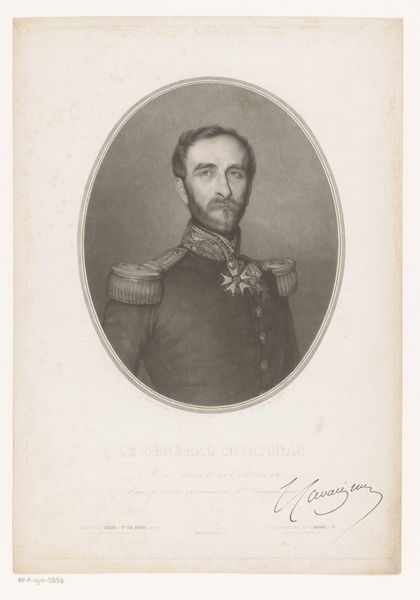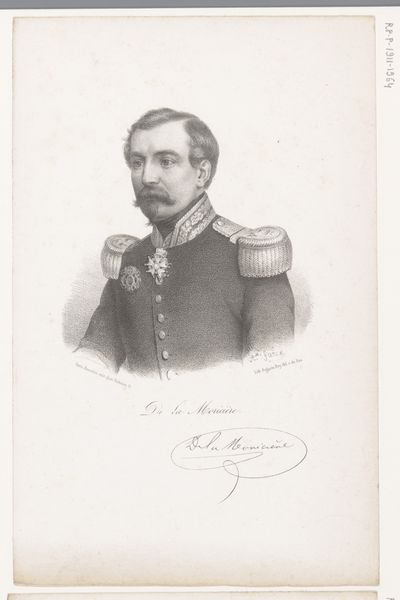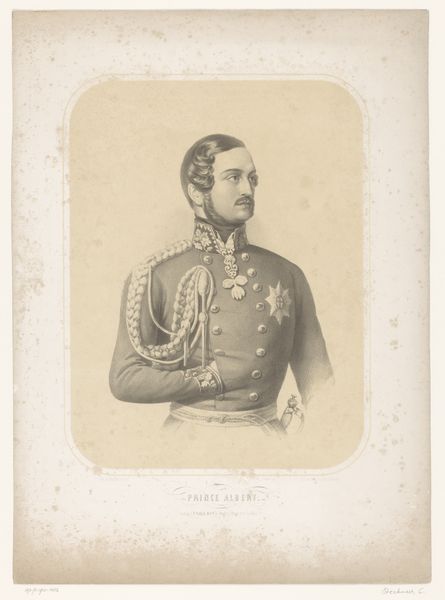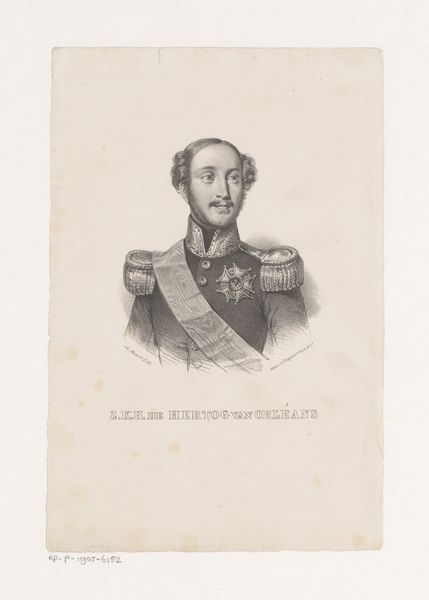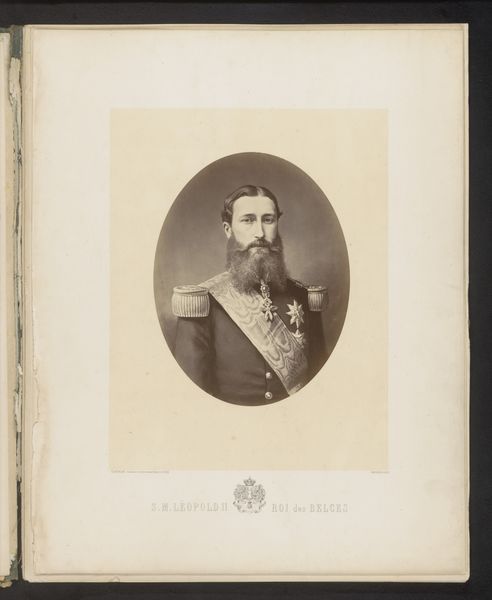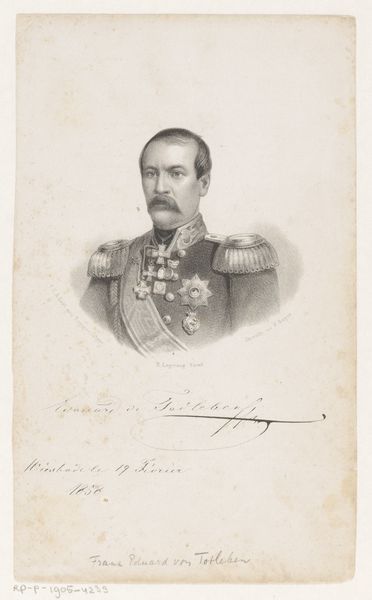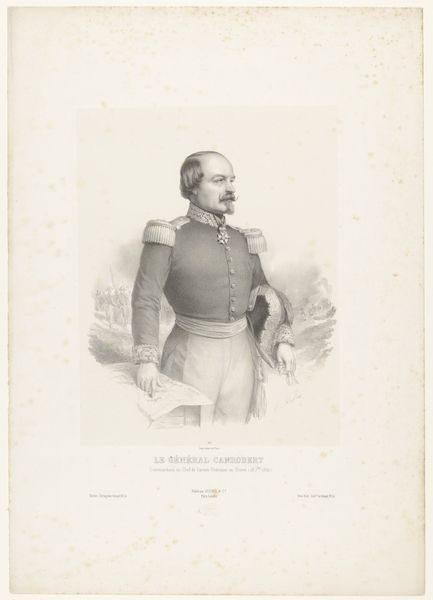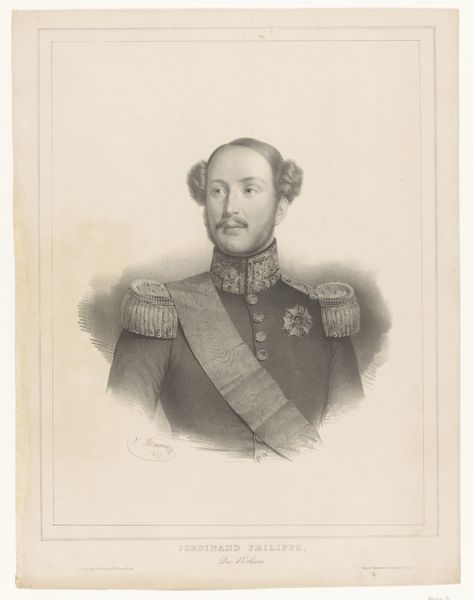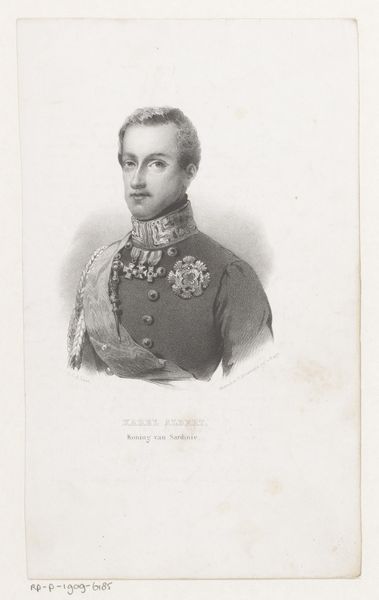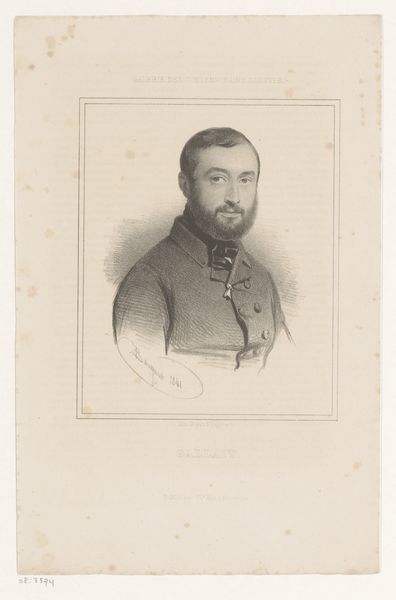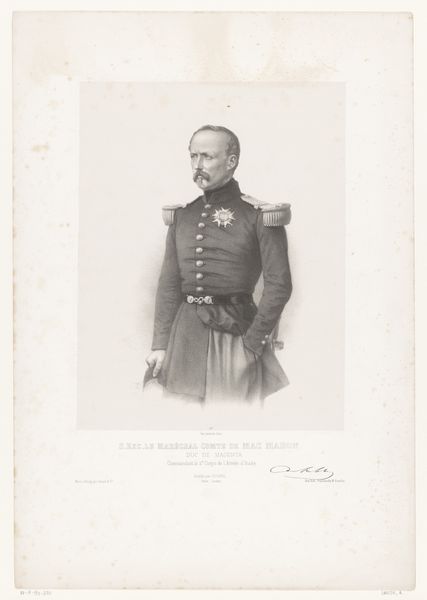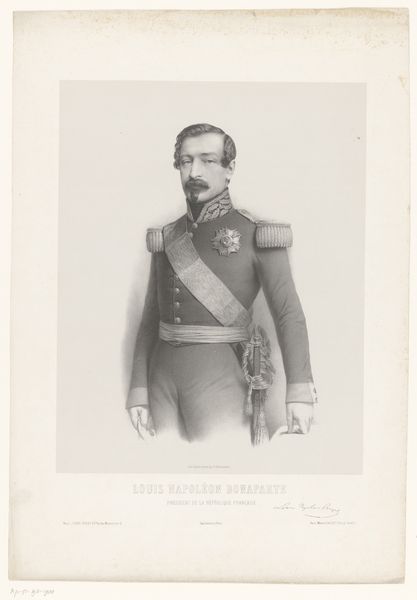
print, engraving
#
portrait
#
neoclacissism
#
16_19th-century
# print
#
old engraving style
#
19th century
#
history-painting
#
engraving
Dimensions: height 161 mm, width 106 mm
Copyright: Rijks Museum: Open Domain
Editor: Here we have a print, circa 1799-1810, a portrait of Napoleon III Bonaparte, attributed to Pierre Gabriel Langlois. It's quite striking in its detail, particularly given it's an engraving. How would you approach this artwork, looking at it with a materialist lens? Curator: Well, I'm immediately drawn to the printmaking process itself. Think about the labor involved in creating those fine lines, the skill needed to transfer the image onto the plate. Consider the socio-economic context: who had access to these images, and what role did they play in shaping public perception of Napoleon III? Editor: So, you're focusing on the "how" and "for whom" rather than the "what" in terms of subject matter. Curator: Exactly. The choice of engraving as a medium is crucial. It’s a reproducible medium, allowing for widespread dissemination. We need to ask, what kind of workshops were responsible for this? Were these state-sponsored enterprises meant to bolster Napoleon's image? How does this form of art compete or interact with other form of art being producted at that time? Editor: It's interesting to consider it as a manufactured object rather than solely an artistic expression. So, is the material then conveying a specific message, along with the image itself? Curator: Precisely. The relative accessibility of prints versus, say, painted portraits, speaks volumes. Were these mass produced to legitimize and solidify the political power and ideals of the leader? Look at the quality of the paper, the ink used, everything speaks to production and distribution and who consumes such an image. What do these things tell us about 19th-century French society? Editor: I never thought about it that way before, thank you. Looking at it now, the engraving appears as part of a broader mechanism of image construction, a kind of soft power approach. Curator: Indeed, by examining the materials and methods, we gain insight into how power operates, not just aesthetically but materially, affecting people in many societal contexts.
Comments
No comments
Be the first to comment and join the conversation on the ultimate creative platform.
